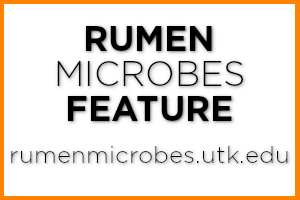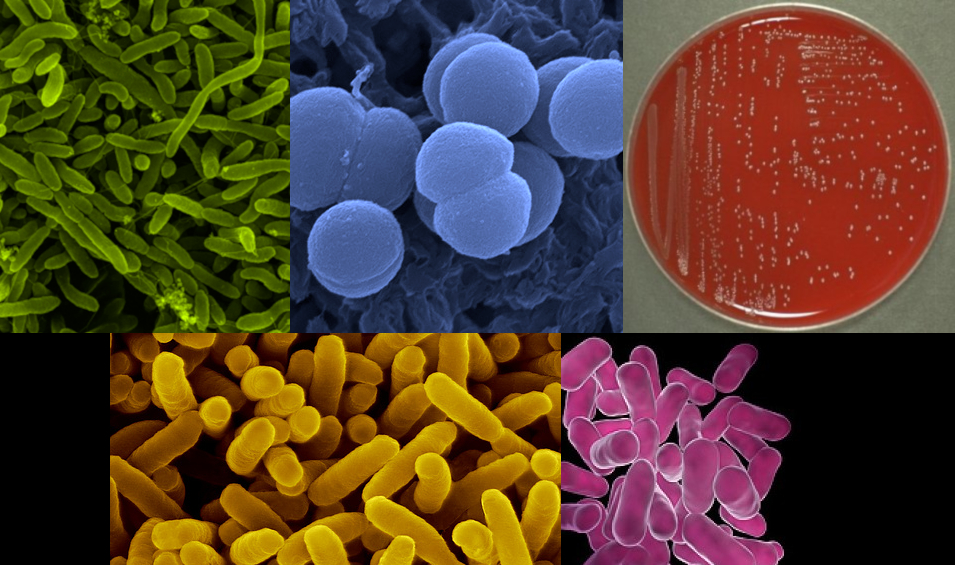
In honor of a great year at rumenmicrobes.utk.edu and all the microbes, we’ve developed this interactive collage of all the microbes from 2018. Click or hover on the image hotspots to see them all, or visit each presentation on the links provided.
Please click on the image hotspots to learn more about 2019 features.

Learn more
Desulfovibrio desulfuricans
Desulfovibrio spp. are gram-negative, rod-shaped organisms that are able to reduce sulfur ingested from high concentrate and ethanol-based byproducts. Visit the interactive feature.
Learn more
Megasphaera elsdenii
Megasphaera elsdenii. This anaerobic, Gram-negative, coccus (spherical shaped) microorganism is one of the more important lactic acid utilizing microorganisms in the rumen of beef and dairy cattle adapted to high-concentrate diets. Visit the interactive feature.
Learn more
Streptococcus bovis
Streptococcus bovis bacterium is the rumen microorganism believed to be chiefly responsible for rapid fermentation and for production of large quantities of lactic acid. Visit the interactive feature.
Learn more
Fibrobacter succinogenes
Fibrobacter succinogenes was another rumen microbe featured in 2018. This microbe is known for its ability to break down cellulose by converting plant biomass into nutrients for cattle. Visit the interactive feature.
Learn More
Lactobacillus spp
Our first muliti-system microbes, Lactobacillus species are rod-shaped, Gram-positive bacteria commonly known for their production of lactic acid. They are important in both gut and reproductive health. Visit the interactive feature.
Follow this link to view all of the interactive presentations for the Rumen Microbes series.